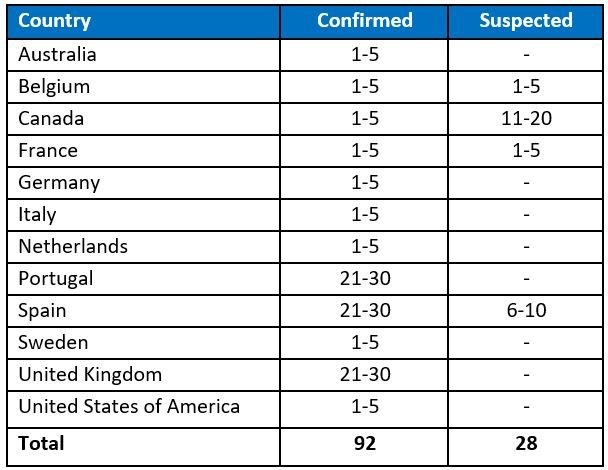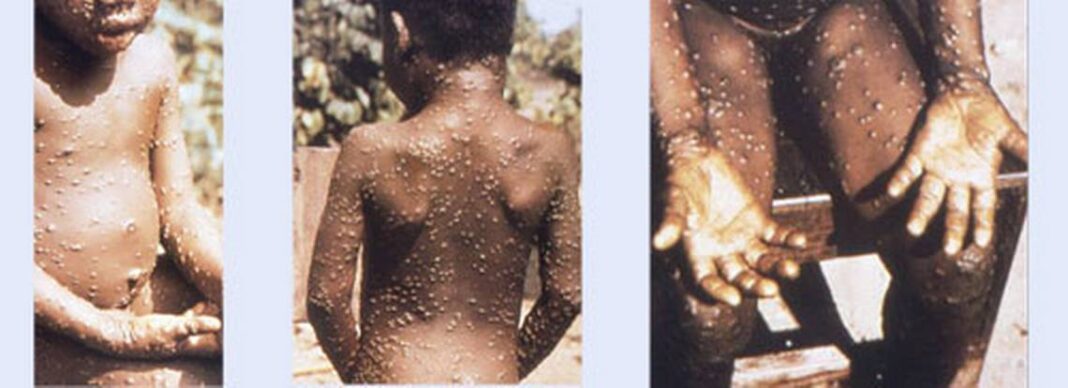The World Health Organization (WHO) says it expects more cases of monkeypox identified as surveillance expands in non-endemic countries.
Immediate actions focus on informing those who may be most at risk for monkeypox infection with accurate information, in order to stop further spread, the WHO said.
According to the WHO, currently available evidence suggests that those who are most at risk are those who have had close physical contact with someone with monkeypox, while they are symptomatic.
WHO said it is also working to provide guidance to protect frontline health care providers and other health workers who may be at risk such as cleaners. WHO will be providing more technical recommendations in the coming days.
As of 21 May, Saturday, 92 laboratory-confirmed cases, and 28 suspected cases of monkeypox with investigations ongoing, have been reported to WHO from 12 Member States that are not endemic for monkeypox virus, across three WHO regions. No associated deaths have been reported to date, the WHO said.

“WHO is working with the affected countries and others to expand disease surveillance to find and support people who may be affected, and to provide guidance on how to manage the disease,” the agency said in a statement Friday.
According to the agency, reported cases thus far have no established travel links to an endemic area. Based on currently available information, cases have mainly but not exclusively been identified amongst men who have sex with men (MSM) seeking care in primary care and sexual health clinics.
“Available information suggests that human-to-human transmission is occurring among people in close physical contact with cases who are symptomatic,” the agency said.
Health officials have confirmed the first known case of monkeypox in the United States this year, the Massachusetts Department of Public Health announced Wednesday.
President Biden on Sunday said that the recent spread of monkeypox in at least 12 countries are “something that everybody should be concerned about.”
Monkeypox is usually found in Central and West African rainforests where animals that carry the virus live, according to the WHO.
A global media for the latest news, entertainment, music fashion, and more.




